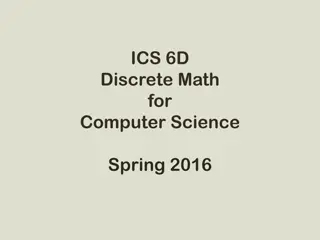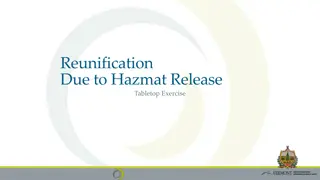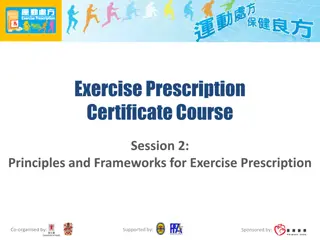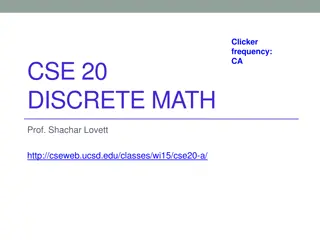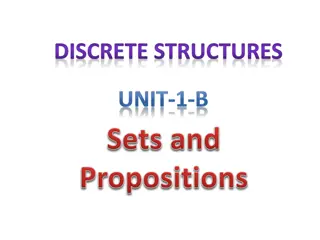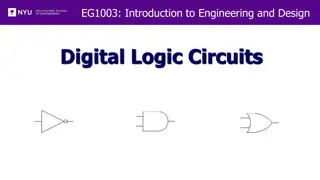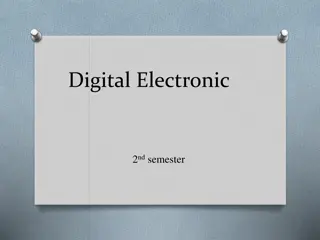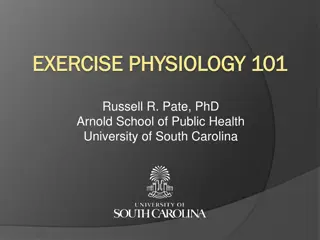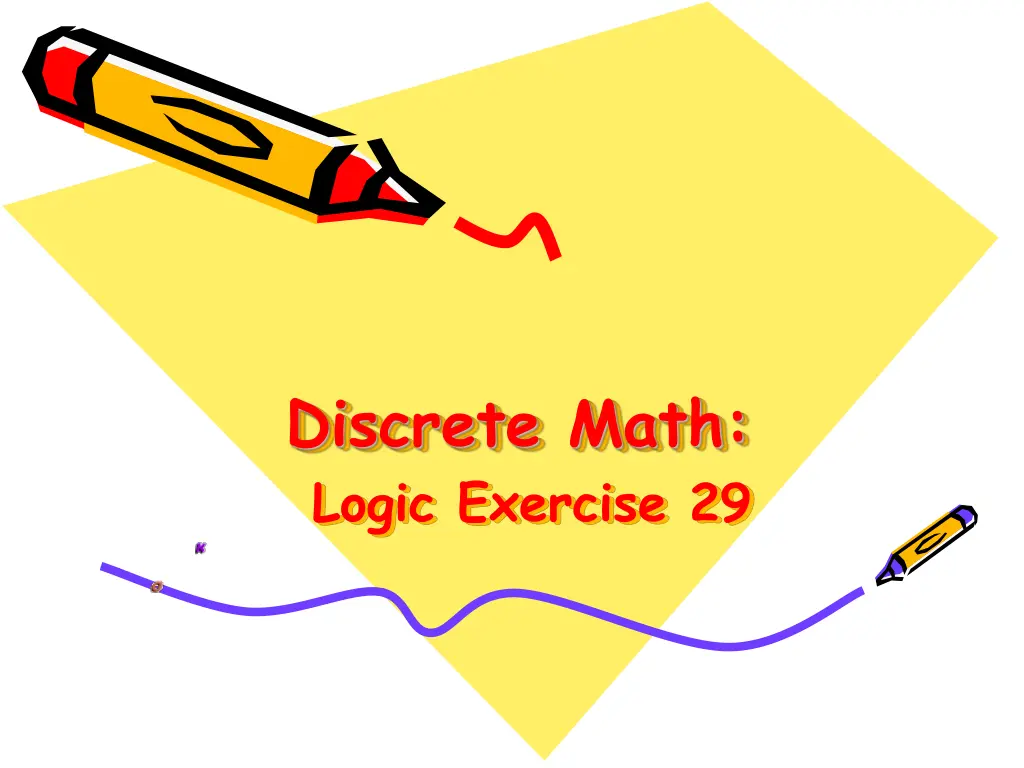
Logic Exercise: System Specifications with Propositions P and Q
Explore how to express system specifications using propositions P and Q, along with logical connectives including negations. Understand the scenarios like scanning messages for viruses and determining if messages are sent from unknown systems.
Download Presentation

Please find below an Image/Link to download the presentation.
The content on the website is provided AS IS for your information and personal use only. It may not be sold, licensed, or shared on other websites without obtaining consent from the author. If you encounter any issues during the download, it is possible that the publisher has removed the file from their server.
You are allowed to download the files provided on this website for personal or commercial use, subject to the condition that they are used lawfully. All files are the property of their respective owners.
The content on the website is provided AS IS for your information and personal use only. It may not be sold, licensed, or shared on other websites without obtaining consent from the author.
E N D
Presentation Transcript
Discrete Math: Logic Exercise 29
Exercise Express these system specifications using the propositions p The message is scanned for viruses and q The message was sent from an unknown system together with logical connectives (including negations). a) The message is scanned for viruses whenever the message was sent from an unknown system. b) The message was sent from an unknown system but it was not scanned for viruses. c) It is necessary to scan the message for viruses when- ever it was sent from an unknown system. d) When a message is not sent from an unknown system it is not scanned for viruses.
Solution a) Since "whenever" means "if," we have q p. b) Since "but" means "and," we have q P . c) This sentence is saying the same thing as the sentence in part (a), so the answer is the same: q p. d) Again, we recall that "when" means "if" in logic: q p.
References Discrete Mathematics and Its Applications, McGraw-Hill; 7th edition (June 26, 2006). Kenneth Rosen Discrete Mathematics An Open Introduction, 2nd edition. Oscar Levin A Short Course in Discrete Mathematics, 01 Dec 2004, Edward Bender & S. Gill Williamson

